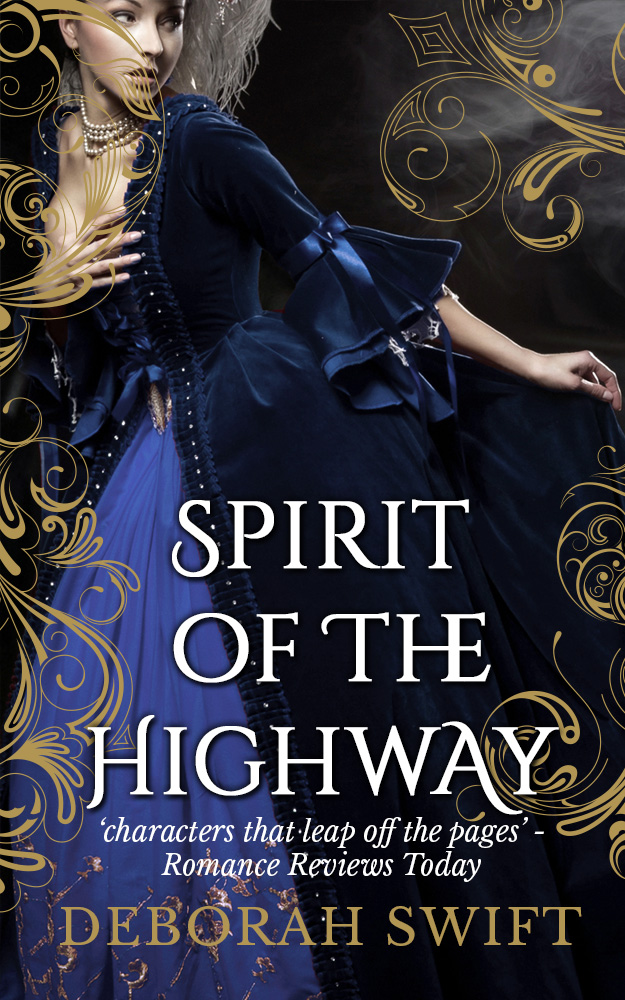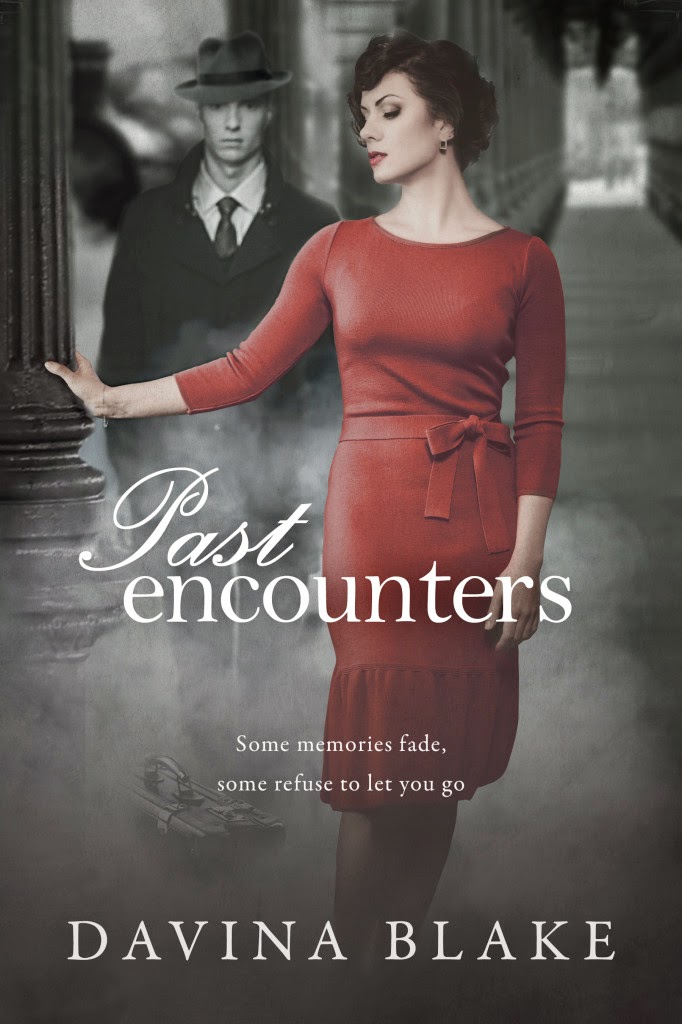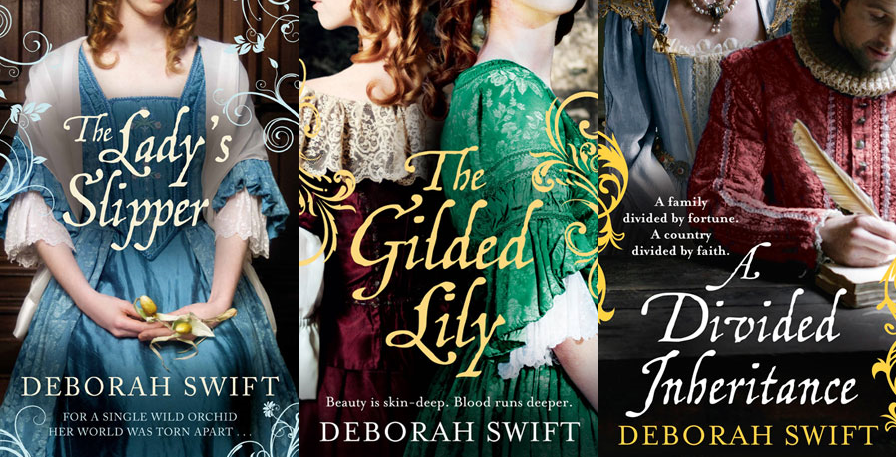I've recently finished Mariana by Susanna Kearsley, a novel in which a woman travels back in time to the 17th century after she buys an old manor house. The house acts as a portal to another era. Susanna Kearsley had been highly recommended to me and this is the first of her books I have read. However - a mystery - it must be a reprint as it was first published in 1994. This explained to me why it had a slightly dated feel in the modern sections with nobody owning a mobile phone or spending hours on the internet. So my first thoughts on writing a time-slip novel is that the contrasting times work well if the modern-day part is up-to-date, and that perhaps time-slip novels may date more easily than simple historicals.

However, The Mathematics of Love by Emma Darwin combines two periods - the 1970's and the 19th century with ease. Both parts of the story will have required research in order to create what she calls "a unique space where serious writers can explore fundamental desires and fears, while revelling in the nearness and otherness of worlds that we know were here, but can' t quite see."
Parallel narratives can allow the writer to do just that - draw parallels and make links between two periods for the enrichment of the story.
The knack with time-slip novels is to keep both stories ticking over and to persuade the reader to give equal amounts of emotional investment to both parts of the plot. I am currently reading Kate Mosse's Sepulchre, and one of the ways she achieves this investment is simply by making the book long enough so that both aspects of the story are in effect a full-length novel. The modern story of the american, Meredith Martin, researching Claude Debussy is satisfyingly familiar with online research and all the trappings of modern life.One of the reasons I enjoy time-slip books is that after sections in our "familiar" world, the world of the past feels fresh again when we revisit it. A bit like clearing the palate between courses.The contrasting periods thus enrich the novel.
 On her website, Kate Mosse says
On her website, Kate Mosse says"Timeslip novels are complicated to write, though. It’s not just a matter of remembering where characters are, what’s happening to them, how they connect together, but also keeping the ‘voices’ of the different periods separate and distinct. The way I work with the material, therefore, is to write the entire 1981 – 1897 historic story line (in the case of Sepulchre, Léonie and Anatole’s story), then write the whole of Meredith’s story, to ensure that the voices, the timbre and the cadences of each section stay distinct. I then start to put the sections together, ten chapters in one time period, ten in the next and so on, until I have a second draft. Finally – and this can be heartbreaking to see all your work going into the virtual rubbish bin – I cut half of it to produce a third draft, which I then edit!"
Wow, that sounds like a very long daunting process, doesn't it?
http://www.womanandhome.com/articles/travelandentertainment/books/385161/5-best-time-slip-novels.html
On the fiction Forum, Emma Darwin, author of "The Mathematics of Love" says "you need to make an extra-compelling case for having two separate stories in the same book......
"It's also not easy to do well because you're asking the reader to do the literary equivalent of patting their head and rubbing their tummy, understanding each strand as a stand alone story, even though it's chopped into chunks, but also making the thematic and other links across between them.
There's also the risk that the reader is more compelled by one strand than the other... it's a dangerous game... Many responses to my novels are that the reader preferred one strand to the other: the risk is that they get so fed up with plodding on with the one they don't like, in order to get to the one they do, that they give up altogether. Others resent the wrench when changing, even if they like both stories, or find it disorienting. Many settle down in the end but it makes many find it slow going to start with - and no doubt some give up. I do know that some people just find it too much like hard work, and some don't ever get why they're both in there. On the other hand, others love it, and love the extra dimension it adds."
There's also the risk that the reader is more compelled by one strand than the other... it's a dangerous game... Many responses to my novels are that the reader preferred one strand to the other: the risk is that they get so fed up with plodding on with the one they don't like, in order to get to the one they do, that they give up altogether. Others resent the wrench when changing, even if they like both stories, or find it disorienting. Many settle down in the end but it makes many find it slow going to start with - and no doubt some give up. I do know that some people just find it too much like hard work, and some don't ever get why they're both in there. On the other hand, others love it, and love the extra dimension it adds."
The issues when writing a time-slip novel seem to be the same as when writing any historical - not only do you need accuracy of research to build a credible world, but also the switch of points of view between characters needs to be carefully handled when they are changing in time.The whole mood and way of talking are different in changing centuries. Dialogue in 1970 is not the same as dialogue in 1870. The flow of the narrative is especially hard to achieve I would imagine.
I would recommend all these novels as good examples of the time-slip phenomenon.
If you would like more suggestions, then have a look at the Woman and Home top 5.
http://www.womanandhome.com/articles/travelandentertainment/books/385161/5-best-time-slip-novels.html
Emma Darwin's excellent writing blog
Last word on the subject from Kate Mosse:
"I also believe, strongly, that the past casts a shadow over the present, sometimes for the good, sometimes less so. Human experience is a continuum and we are linked with those who have gone before us. What links us together is greater than what divides us – religion, context, period of history, nationality – and the human heart does not change so very much."
www.katemosse.com
Last word on the subject from Kate Mosse:
www.katemosse.com














I was trying to figure out a phrase in the section on Sepulchre. "...the entire 1981-1897 historic story line...." Typo?
ReplyDeleteHistorical is so challenging anyway, but so interesting. Don't think I'd be up to time-slipping!
Hi Marion, the quote is actually from the author, (Kate Mosse)so I can't quibble with it! But I have a copy of Sepulchre and the narrative actually runs from October 1891 where Leonie Vernier finds the ruined Sepulchre, and 2007 where Meredith Martin begins to research Debussy.The book contains two strands, one in the 19th and one in the 21st century. Hope this clarifies it!
DeleteThanks for stopping by and leaving a comment, Marion.